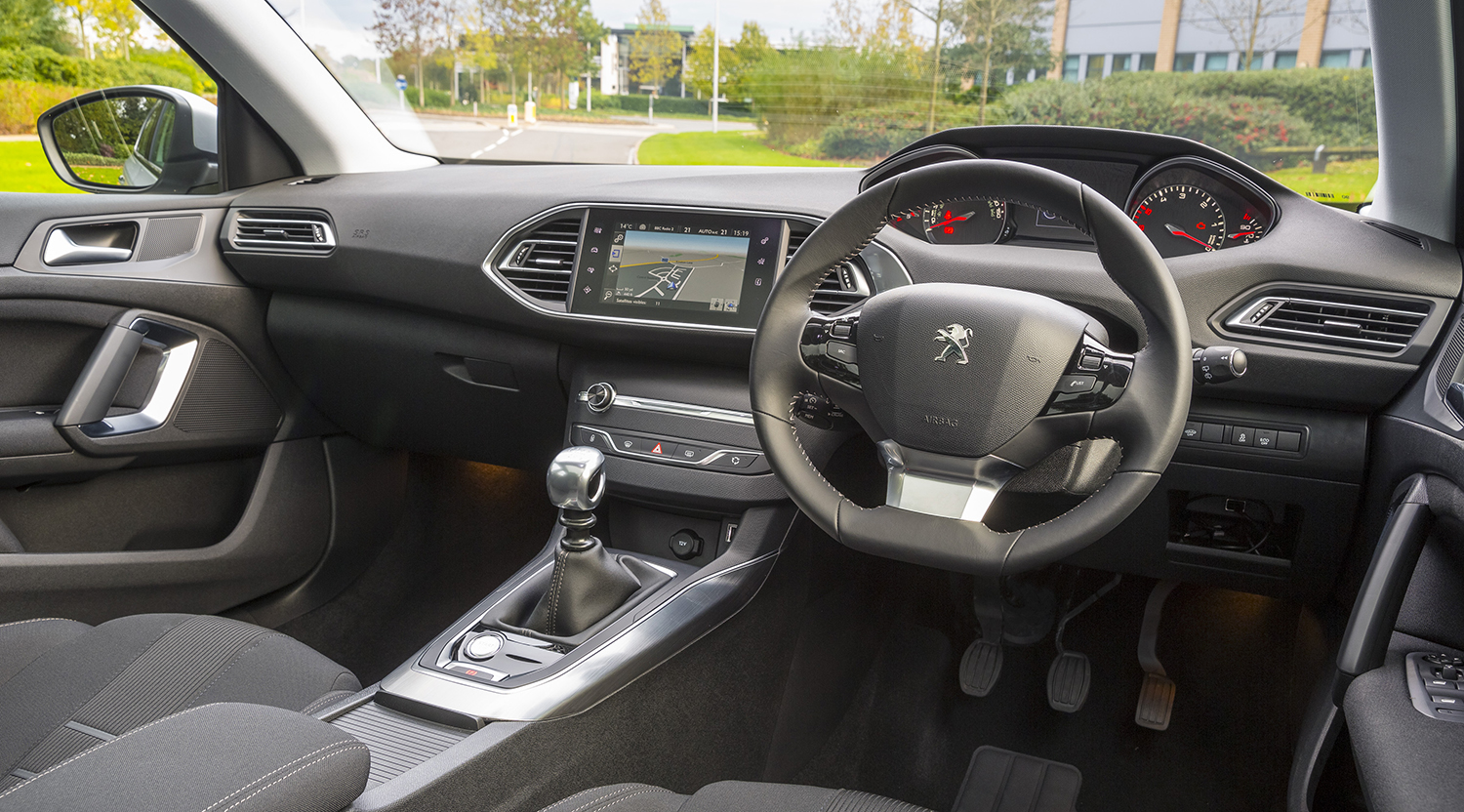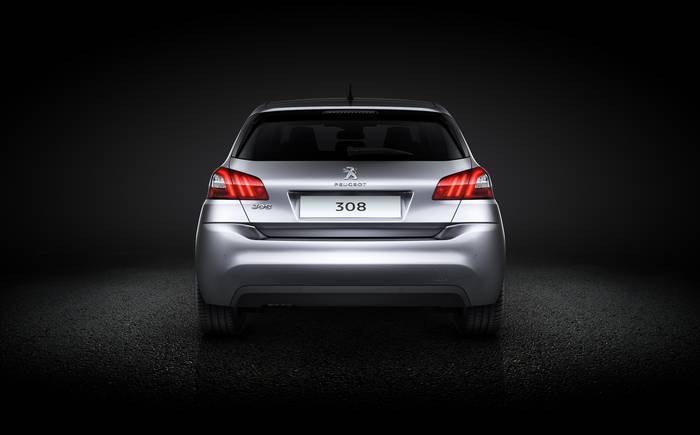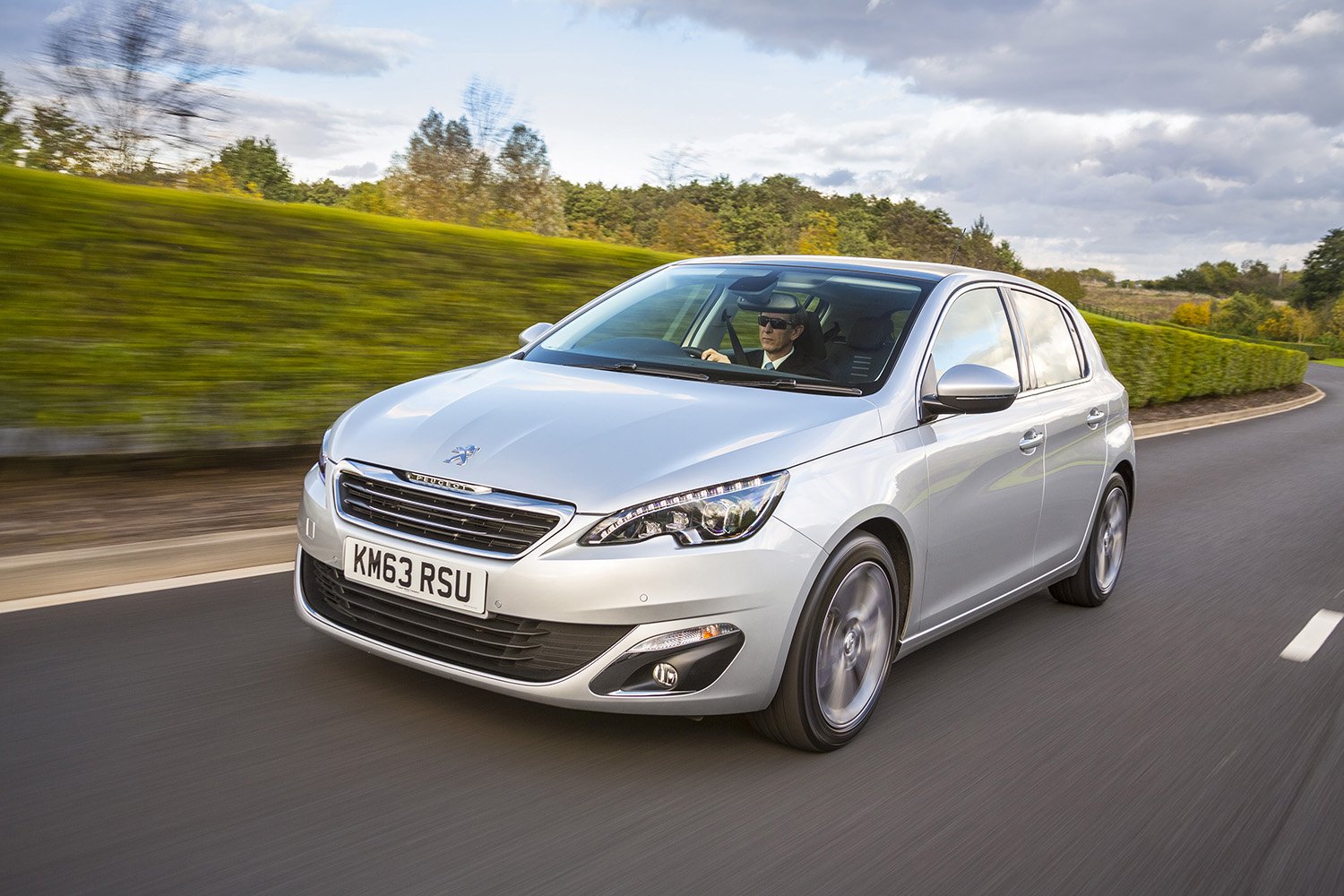First drive review: Peugeot 308 1.6 HDi Allure (2013-on)
The lion grows wings
TECHNICALLY SPEAKING, in accordance with the company’s traditional policy on numbering, the new Peugeot 308 should be a Peugeot 309. Among the proffered explanations for this hitch in the sequence is the fact that there was a Peugeot 309 back in the 1980s. It has also been jokily floated that the eight has been retained on this all-new car because eight is a lucky number in the vitally important market which is China.
Well, it’s worth trying anything, I guess, although I’m not sure about the logic here. If eight is a lucky number, does it automatically follow that 308 is a lucky number? That’s not how lucky numbers work, is it? Assuming lucky numbers work. (The science is still inconclusive.)
What’s clear is that a little fixity might serve Peugeot’s commercial purposes at this moment, not least in this hyper-competitive area of the marketplace. (Hatchbacks, even in the age of the spiffy crossover and saucily flexible MPV, account for a third of all cars sold and remain the most popular body-style.) Peugeot’s ploy seems to be that, just as we unhesitatingly talk about successive generations of Volkswagen Golf and Ford Focus, we might eventually, given enough time to concentrate, come to talk about a distinguished line of 308s.
Peugeot declares itself to be going upmarket. It has tried going downmarket, which didn’t work too well. So now it is striking upwards again, leaving the Nissans, the Vauxhalls and the Toyotas to jostle sweatily among themselves on the plain below, and heading to the sunlit uplands where the Golfs and the Audi A3s happily frolic.
Of course, quality can’t just be asserted. It’s also about perception and time. Nevertheless, this smart model continues the work started by the recently issued 208 and its more practical brother, the 2008.
The last 308 looked as dull as a Tupperware tub. The new one is far zestier and rather darkly stylish, what with its crimped body lines and the pearly bling of its LED lamps.
The last 308 looked as dull as a Tupperware tub. The new one is far zestier and rather darkly stylish, what with its crimped body lines and the pearly bling of its LED lamps. At the pertly wrapped-around back end, the brake lights are triple streaks, as though the brand’s emblematic lion has risen off the bonnet and swiped the boot with its claws. It’s a novel look, though whether any car should be in the business of resembling something that’s been mauled by a lion is an open question. Wouldn’t it be better to stick with resembling the lion? You certainly wouldn’t want to see Peugeot go too much further down this road — bent aerial, snapped windscreen wipers, saliva-slathered windows — in a tribute to the post-safari park look.

There’s an indisputably classy interior, too — modelled, inevitably, on an aeroplane cockpit. If I had a pound for every time I have read or heard that a new car’s dashboard is “modelled on an aeroplane cockpit”, I would have been able to afford my own Fokker DrI and a lifetime’s supply of ammo for its two machineguns. Saab, in particular, used to cling to this aspect of its “design heritage”. But every car company has been guilty to some degree. The assumption (surely outmoded) seems to be that all drivers entertain covert Dambuster fantasies. In addition there’s the faintly patronising insinuation that one would rather be flying than driving, if the truth be told. I’m not sure that’s true for everyone. Even given the choice, along with the relevant skill set and the money, some of us would rather be driving.
In any case, though, where, from a car’s point of view, is the associative glamour? What do cars stand to gain from the comparison? In my limited experience of aeroplane cockpits, they are leg-stuntingly cramped, noisily uncomfortable and entirely without cupholders. By the standards of basic human habitation, car interiors are in another league and only demean themselves by alluding to aviation.
Yet Peugeot takes this fetish a stage further by referring to the inside of the 308 as an “i-cockpit”. Ah well. Centralising control in the touchscreen enables Peugeot to sweep most of the buttons out of the interior for a cleaner finish. To my eyes, the cone-ended chrome framework of the 308’s dash refers less to anything that flew successful missions in the Second World War, and, far more charmingly, to the wing mirrors of a mod’s scooter. Whatever, it’s far nicer, and more lovingly assembled, than any cockpit you are likely to sit in any time soon.
The car has shed 140kg, with a view to becoming the lightest model in its segment. It’s a touch shorter and a tad lower, but has gained boot space. The steering wheel is small and is positioned near your lap for a more generous view of the dash and windscreen. The 1.6-litre diesel engine is quiet and dignified, the gearbox smooth, and the car as a whole very easy to flip about the place.
Like the 208, it’s fun to drive in a way that Peugeots had largely forgotten to be recently, reconnecting with a lightly-worn sportiness that is in the marque’s bones, far more than aeroplanes are. For that alone, it’s a big step upward, even if the numbers don’t say so.

Verdict ★★★★☆
Despite the numbers, it adds up
2013 Peugeot 308 1.6 HDi specifications
Peugeot 308 1.6 HDi rivals
VW Golf S 1.6 TDI, £18,970
For The best all-round mix of quality, space, safety, performance, efficiency and driving pleasure Against More expensive to buy than competitors
Buy a quality used Volkswagen Golf on driving.co.uk
Ford Focus Edge 1.6 TDCI, £17,395
For Impressive comfort and refinement Against Design won’t set the pulse racing





